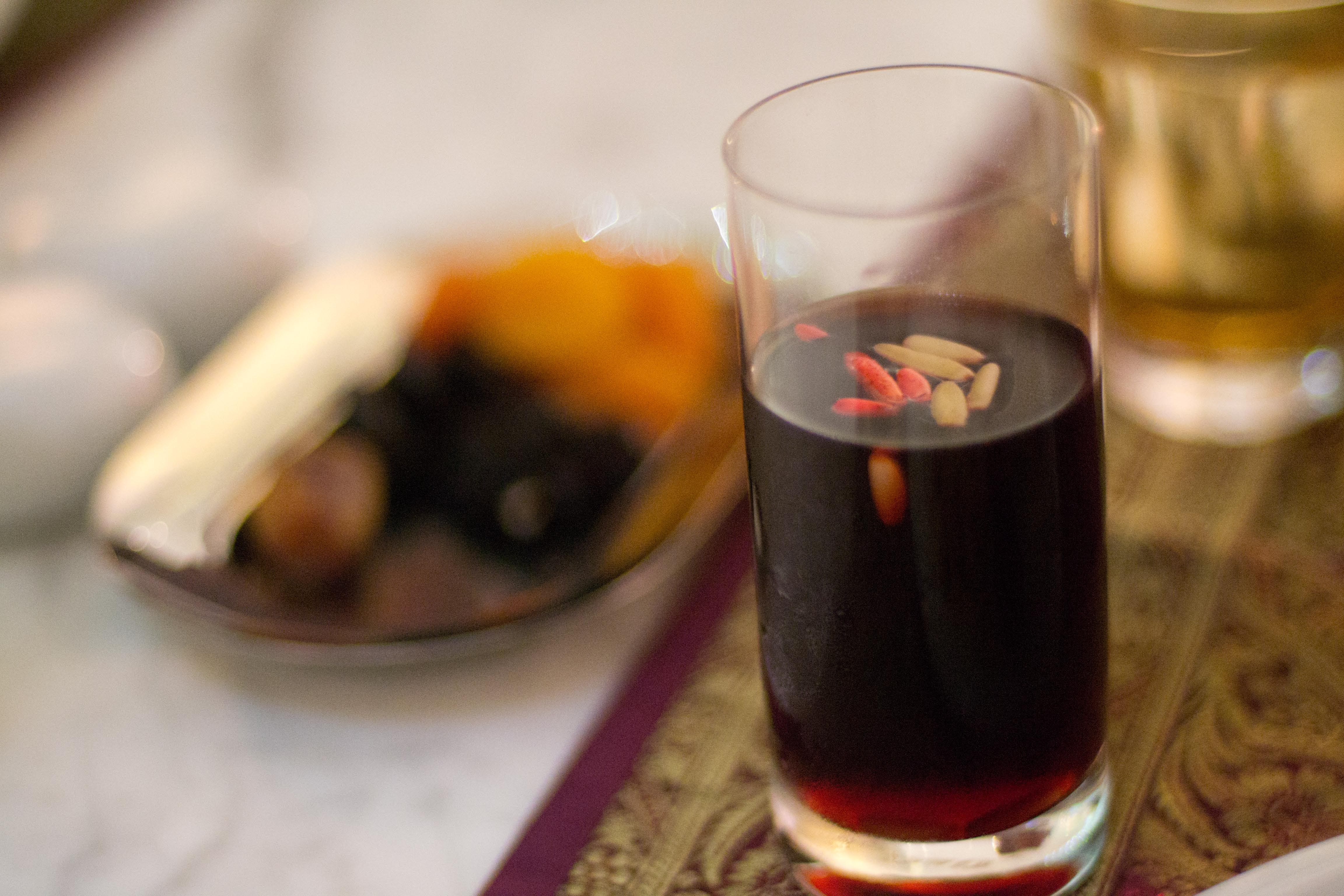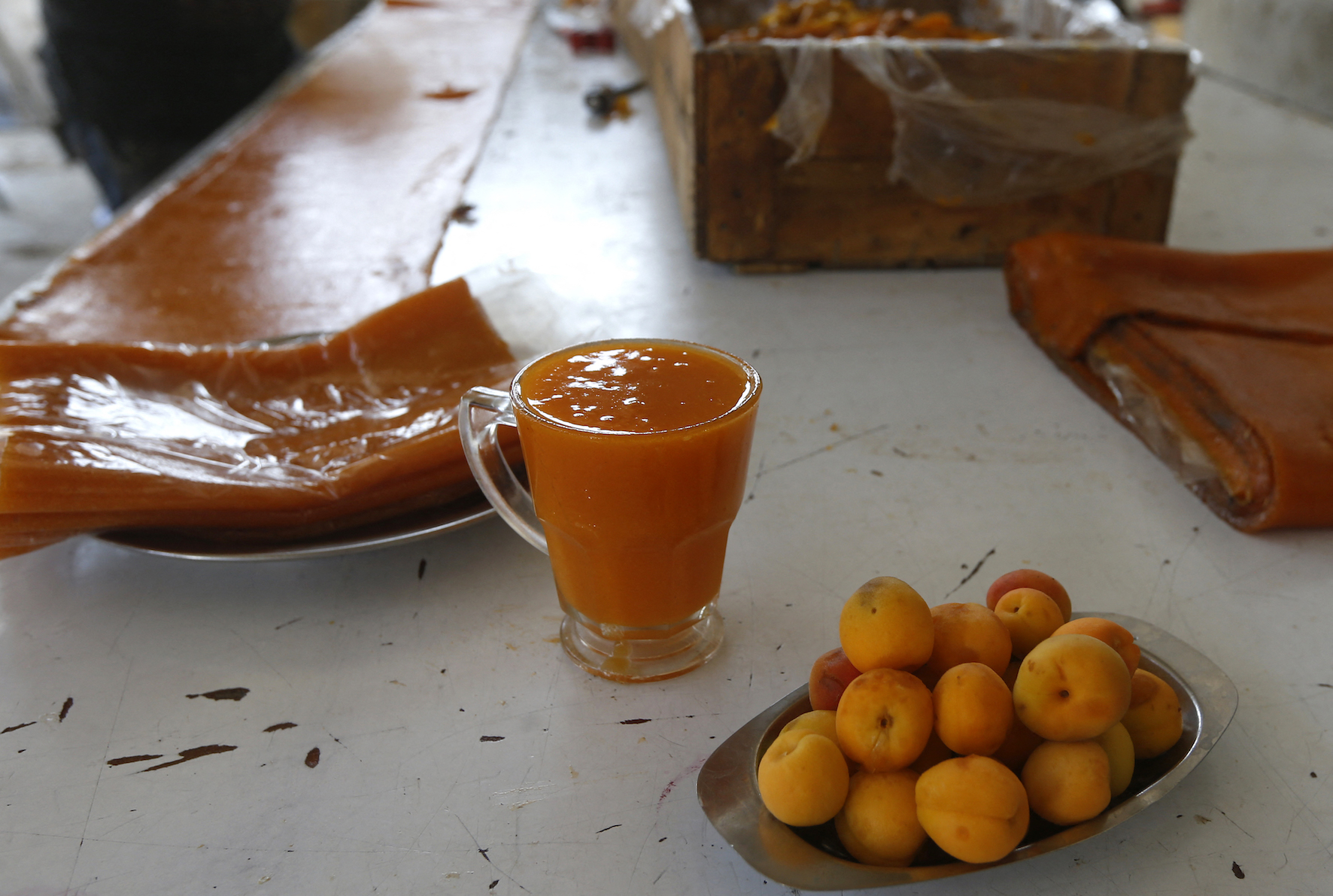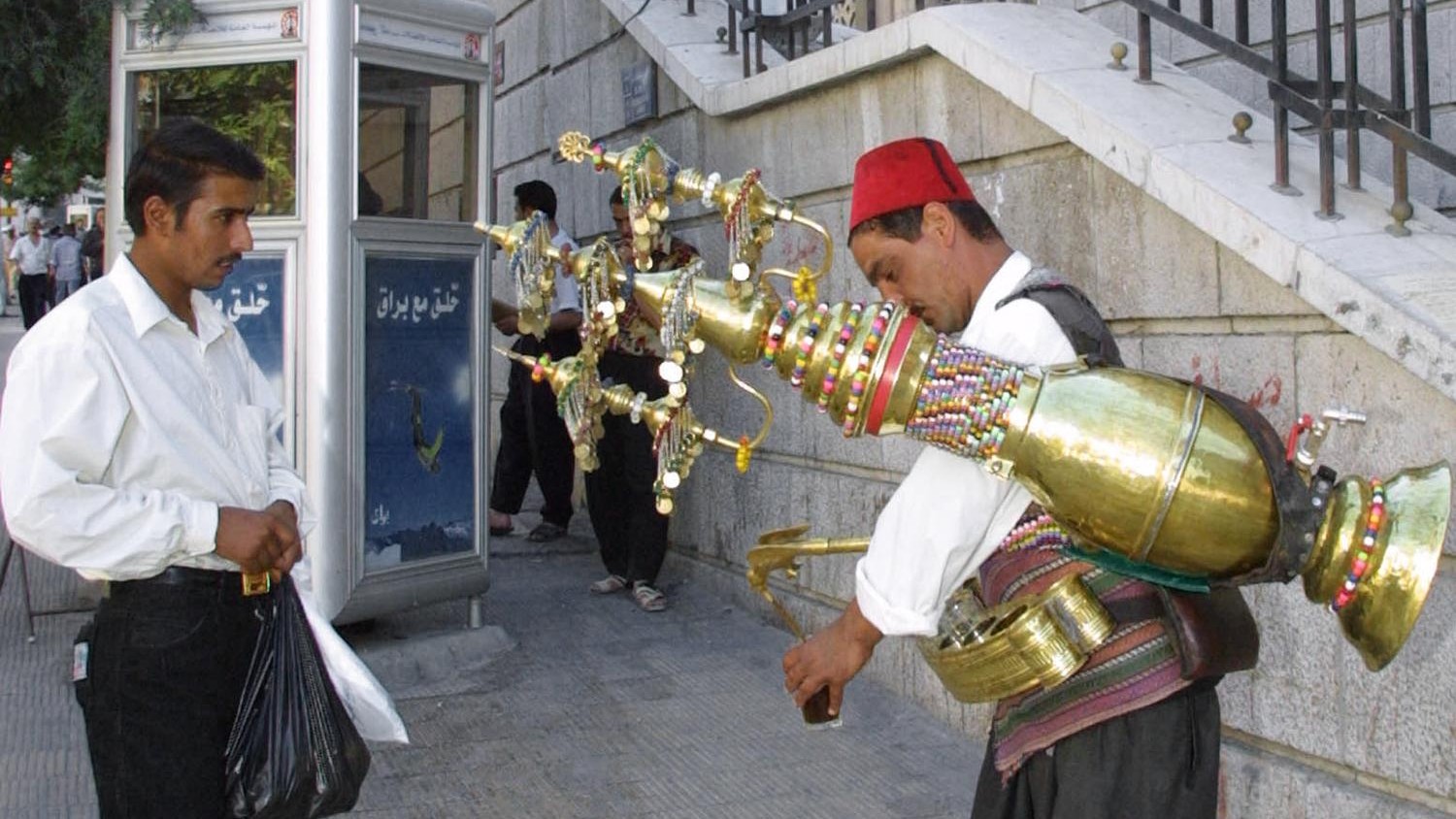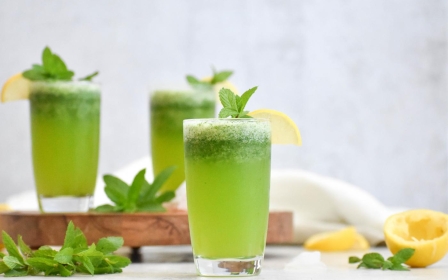Ramadan: Five thirst-quenching drinks from across the Middle East
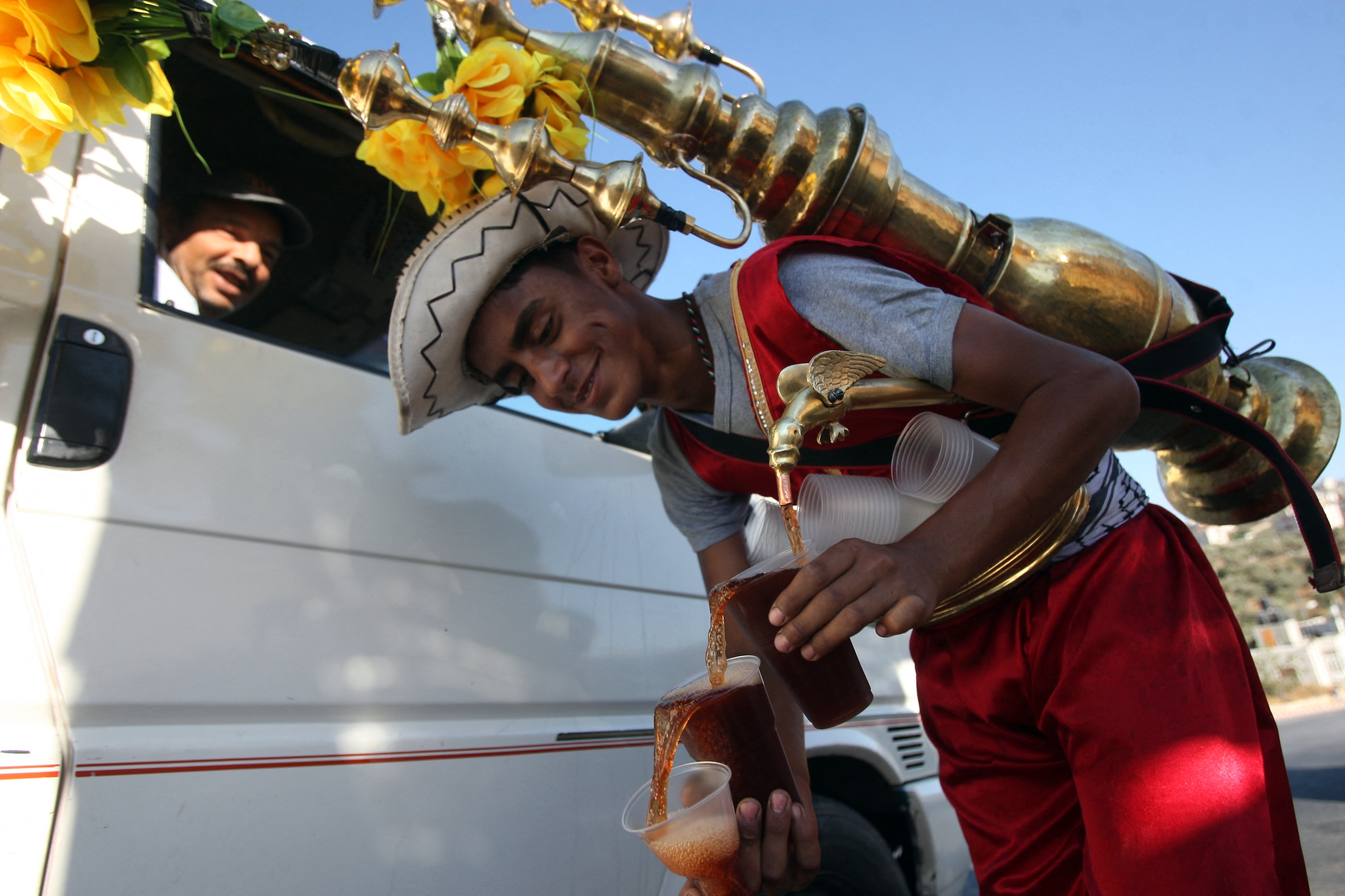
Once a year, the month of Ramadan rolls around for Muslims around the world, who will fast every day and make a concerted effort to better their character and reconnect with their faith.
Muslims will wake before sunrise to eat a pre-dawn meal called suhoor. After this, they will abstain from food and drink until after sunset, when they break their fast with iftar, Arabic for a meal.
New MEE newsletter: Jerusalem Dispatch
Sign up to get the latest insights and analysis on Israel-Palestine, alongside Turkey Unpacked and other MEE newsletters
According to Islamic belief, the prophet Muhammed would traditionally break his fast with milk or water and a date. Many like to emulate the prophet’s actions, also choosing to break their fast in the same way
But over the years, a wide range of delicious drinks full of health benefits have come to be associated with the holy month throughout the region.
After sunset, streets laden with lights and decorations come alive, with vendors selling all sorts of tasty treats, including many of the region’s staple Ramadan drinks.
Often these iconic vendors are easily recognisable wearing their traditional attire and carrying a large copper pitcher full of their chosen beverage, roaming the markets and satisfying the thirst of their customers.
We take a look at some of the refreshing, thirst-quenching drinks associated with Ramadan from across the region.
1. Jallab
Jallab is a drink popular in the Levant region, including Palestine, Syria, Lebanon, and Jordan.
Often served in a sweating cup with ice, the deep red coloured drink is made from a mixture of dates, grape molasses, and rose water and finished off with a garnish of both pine nuts and raisins.
The sweetness of the dates pairs perfectly with the grape molasses by offsetting any sourness, resulting in a refreshingly energising drink, essential after a long, thirsty day of fasting.
The drink is not just enjoyed because of its unique taste, but it is also very rich in calories, great for those who struggle to get their calories in after fasting for most of the day.
Although many people still love to locate iconic street vendors selling jallab, nowadays, it can be prepared easily at home by adding water to store-bought jallab syrup.
2. Qamar al-Din
Qamar al-Din is a bright orange drink made of dried apricot fruit leather. It is believed to have originated in Syria, specifically in the Ghouta region, as the apricots most suited to make the drink are produced in Syria and southwestern Turkey.
The thick smoothie-like beverage is made with dried apricot leather as it is thicker and has a stronger flavor than apricot alone.
Often, people will add rosewater or orange blossom water to enhance qamar al-din, which is served ice cold and thick. Some also choose to add either fresh or dried apricot pieces to their drink, depending on their preference.
The drink is especially beneficial for those who fast in Ramadan, as many believe its sweetness prevents headaches and fatigue and helps with energy and hydration.
Qamar al-din is also rich in dietary fibre - essential after many consecutive hours without food.
The origins of the drink’s name - which translates as "moon of the religion" - are disputed. Some believe that the inventor of the drink was called Qamar al-Din. He was said to have been so handsome that his face resembled the moon.
A second theory suggests the invention of the drink coincided with the sighting of the moon, marking the beginning of Ramadan.
3. Tamarind
Made from tamarind fruit, tamarind juice is a mouth-wateringly tart drink - think concentrated lemonade with a dash of sugar. It’s made with crushed tamarind, water, sugar, and lemon juice is optional.
Similar to qamar al-din, tamarind juice has many health benefits. For example, it is anti-inflammatory and helps maintain healthy blood pressure.
To make the drink, which is known in the Middle East as "tamr-hindi", tamarind paste or pieces of the fruit are boiled in water along with sugar, to counteract any sourness. Then the contents are strained and rosewater can be added to enhance the flavour.
Street vendors carry around a large copper pot on their back, full of the juice, with lots of cups arranged around their waste to serve buyers roaming around the streets. Some even carry two copper discs to clang together, making a noise that announces their presence to the neighbourhood.
4. Erk al-sous
Although liquorice is most often associated with sweets, in the Middle East, especially in Egypt and Syria, a liquorice drink called erk al-sous is widely enjoyed during the month of Ramadan.
This sweet and mildly bitter drink is made from the root of the liquorice plant and served cold. It can be purchased from juice stalls or from street vendors who carry it in a contraption on their backs.
Not only is erk al-sous revitalising after a day of fasting, but the health benefits associated with the drink are numerous.
The juice is believed to strengthen the immune system and reduce both heartburn and indigestion.
What distinguishes erk al-sous from other drinks, however, is that it raises the concentration of cortisol in the blood, meaning it helps keep anxiety and tension at bay.
Further, liquorice is also known to be a natural antibiotic that helps treat infections in the respiratory system, such as sore throats.
5. Carob juice
Carob juice, known in Arabic as "kharoub", is popular in Lebanon, Palestine, and Egypt. It is made using the edible pods that come from the carob tree.
The carob is a flowering evergreen tree or shrub that grows naturally in the upper Galilee area of what is now Israel.
The drink has numerous health benefits - such as boosting the immune system - and is full of fibre, protein, and antioxidants making it a great way to replenish the body after multiple hours without sustenance.
If you get your hands on a bottle of carob molasses, this drink is extremely easy to make.
To make the drink, one teaspoon of brown sugar can be added to a cup of water with a tablespoon of carob molasses mixed in. To finish it off, the drink is often garnished with pine nuts.
This article is available in French on Middle East Eye French edition.
Middle East Eye delivers independent and unrivalled coverage and analysis of the Middle East, North Africa and beyond. To learn more about republishing this content and the associated fees, please fill out this form. More about MEE can be found here.


